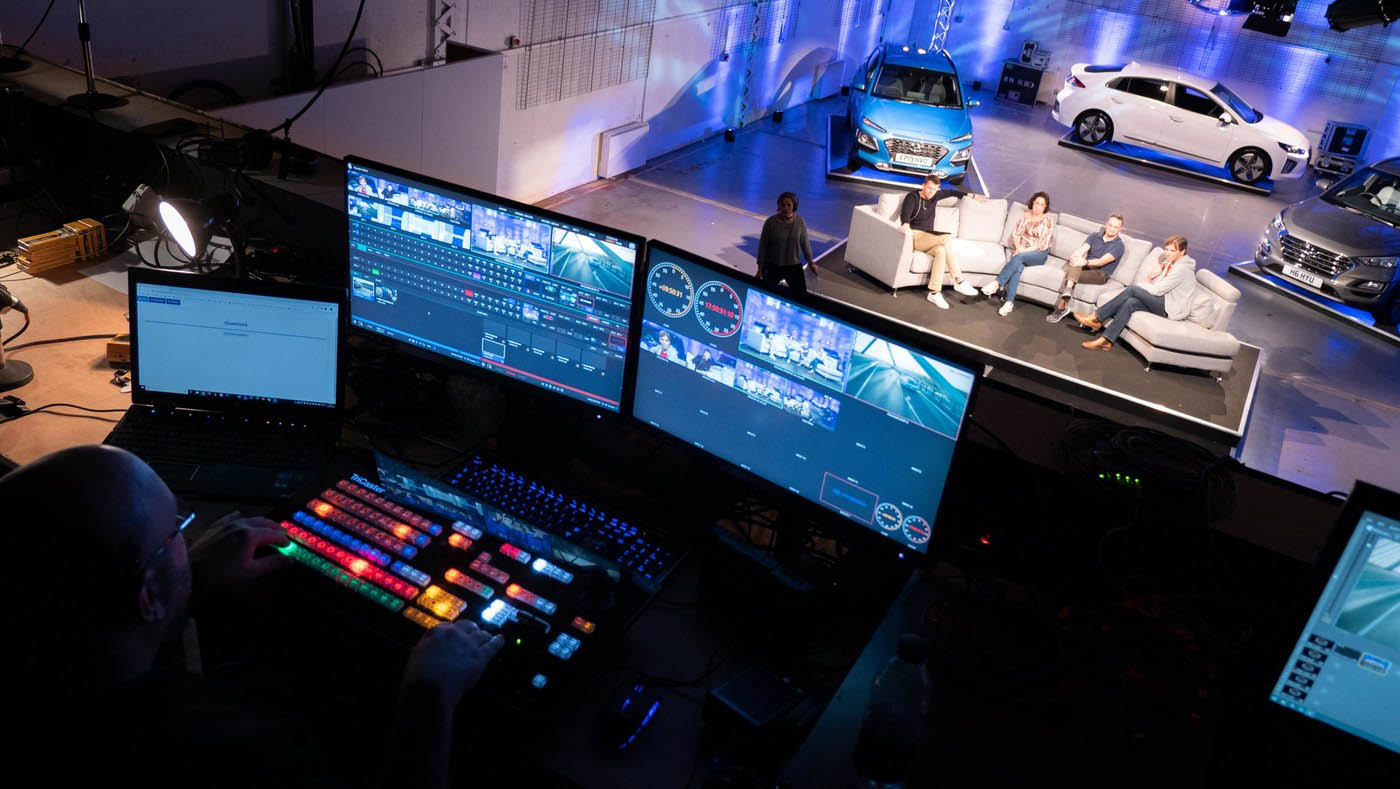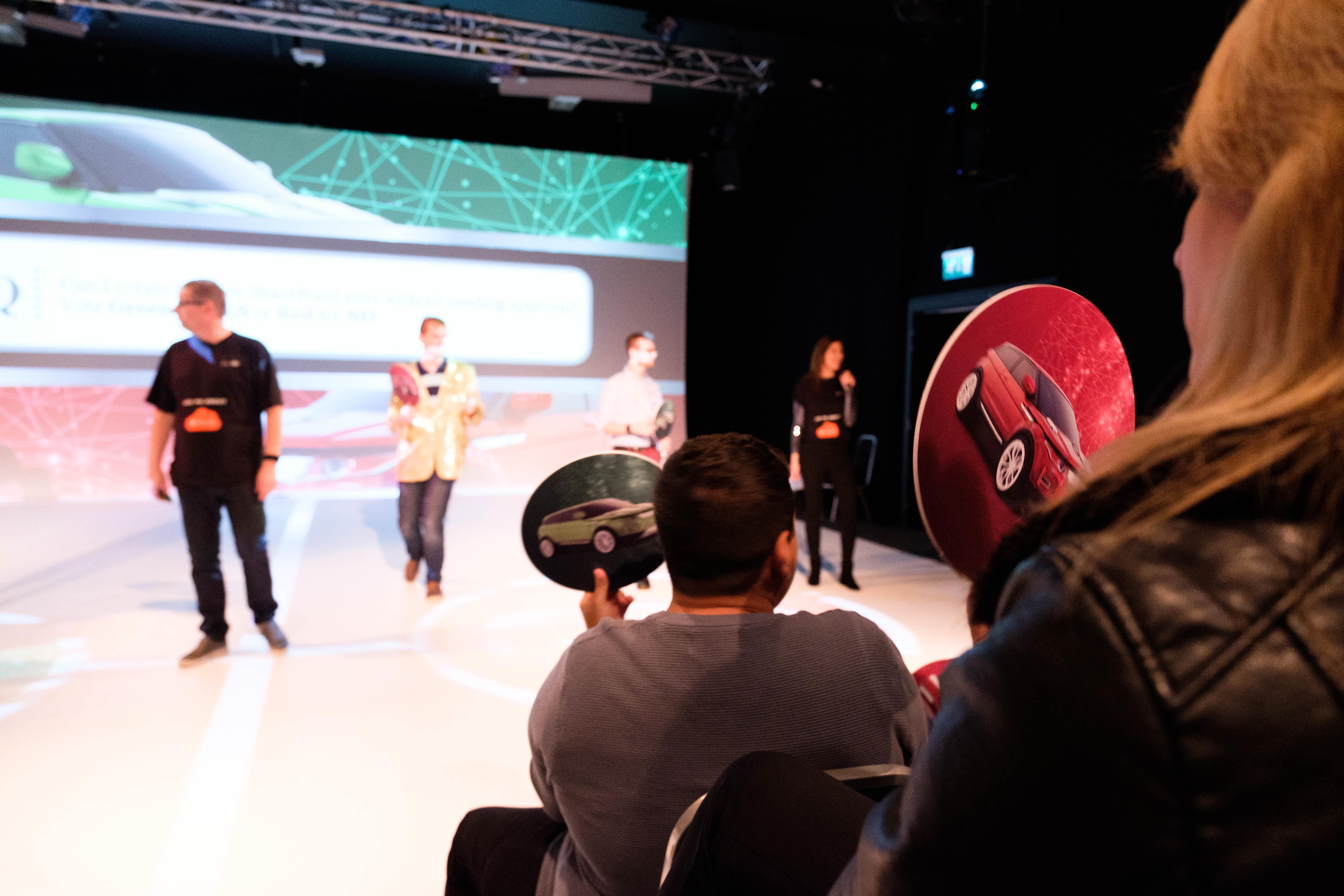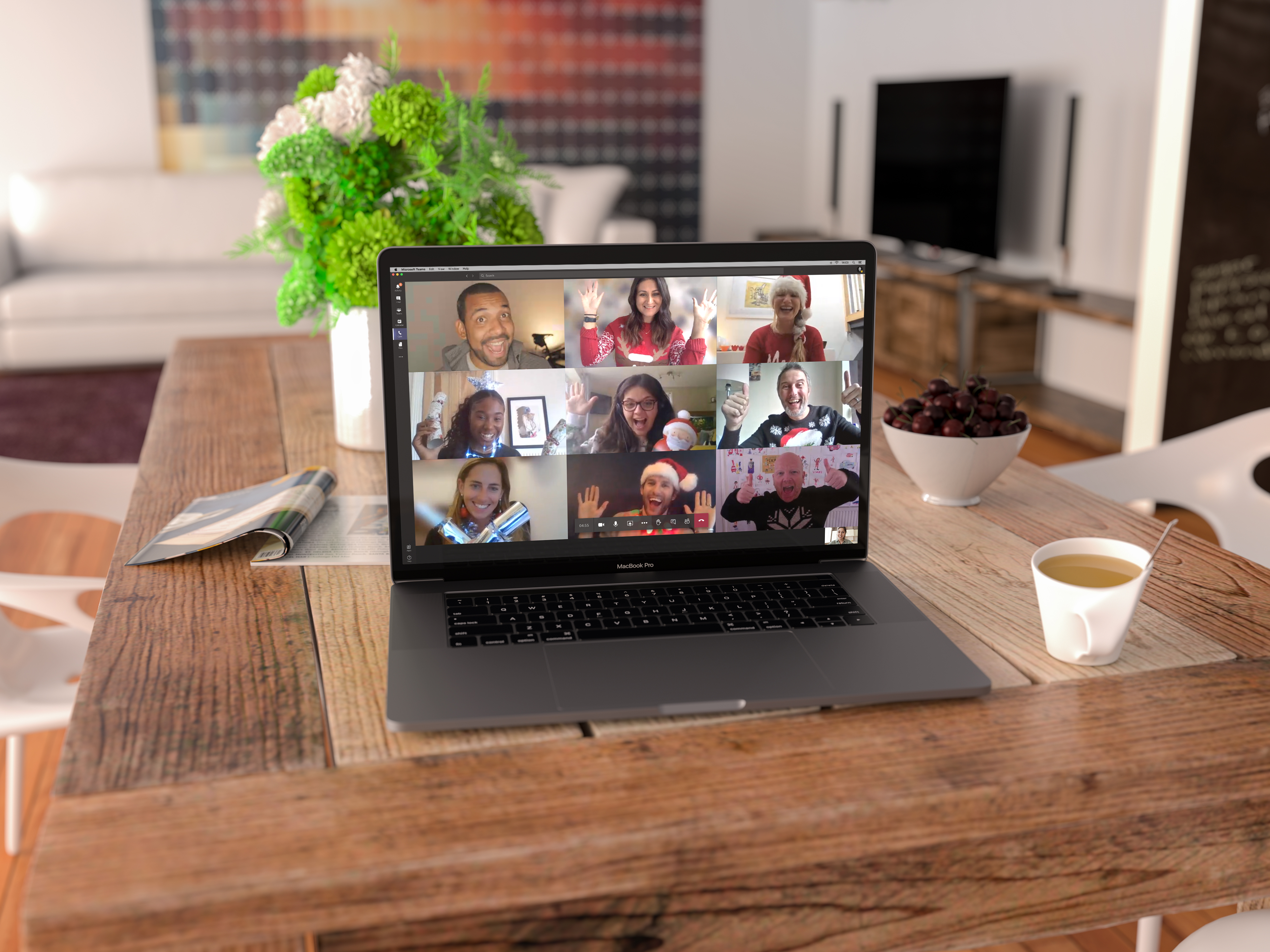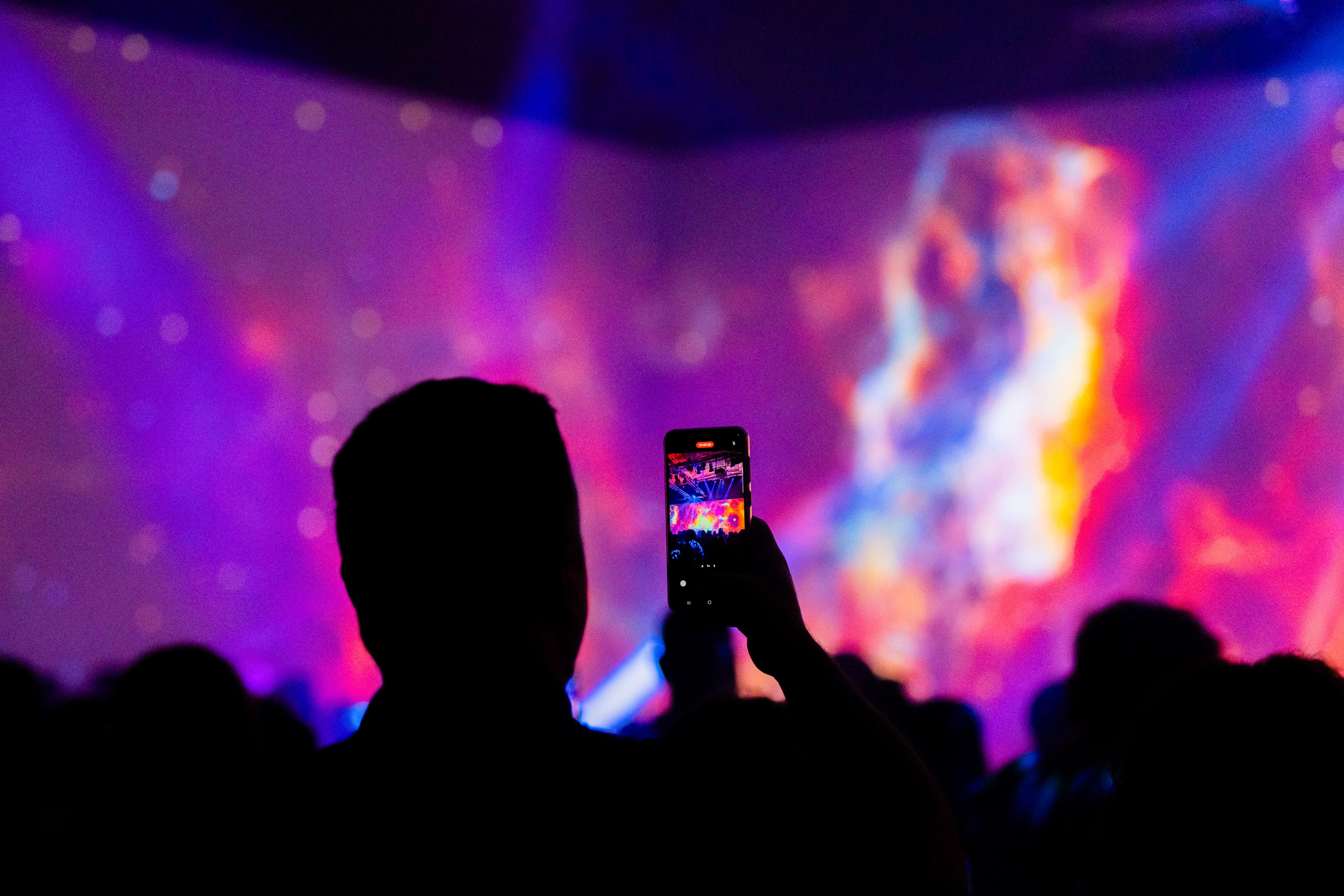There’s no denying that events are a key part of modern communication, breaking down barriers and allowing colleagues, peers, enthusiasts, buyers, sellers and pretty much everyone else to meet, mingle and take something away. But in an age where travel restrictions, tight budgets, sustainability targets and concerns about time spent out of office, are all weighing in on the true cost of events, the virtual world is fast becoming part of the solution in aiding businesses to communicate with their audiences.
The digital opportunities are wide ranging.
Virtual events aren’t exactly new. Arguably, live televised events have been going for the best part of three-quarters of a century, but modern virtual events go a few steps further than a lively host staring down the lens asking for donations.
Leveraging the latest technologies, including high speed internet, 4K video, augmented and virtual reality, two-way microphones and event-linked apps that allow delegates to ask questions, vote in polls and give feedback, virtual events can tick all the boxes of a traditional ‘real world’ event, even down to the actual space itself.
Despite being nowhere near another person, delegates can catch up with a colleague from a completely different country, pose questions to a speaker who is standing in a studio several thousand miles away, or try out the latest software in real-time, without too many limits.
The biggest benefits of virtual events however boil down to the same two major factors; time and money.
When time is precious or even business critical, removing the need to travel and time away from the workplace brings benefits to both the individual and the wider organisation. Broadcast events, are often shorter, with carefully choreographed content ensuring the key messages are delivered in a concise and impactful manner, meaning participants can log onto to a broadcast event from their desk in the morning and continue with their own work in the afternoon. For large businesses operating over multi-site locations, the logistics and costs of bringing a large audience together in one place sometimes make the possibility of an event, impractical and cost prohibitive, but multi-site broadcast events linking these live audiences together are being seen as the modern solution.
Virtual events such as exhibitions, allow the audience to take their time exploring content, be that presentations, videos, interactive PDF’s or message forums, they can download content to use in wider cascade or return for a deep dive into content at a time that suites them. There is longevity to a digital platform, with the option for on-demand services and updating content over time, creating a hunger in the recipients to come back for more.
For the more serious message delivery, there are still of course the more traditional pieces to camera but these can now be bolstered with live streaming and 2 way feedback with the audiences asking questions and voting.
And with a lack of travel comes the other kicker – a lower carbon footprint. Minus the small amount of electricity it takes to power a computer or smart device, the lack of travelling, event space, hotel room, food and drinks and everything else that goes with event attendance, smart organisations can knock some points off their sustainability scores by avoiding additional employee travel.
With so many ticks and only a few crosses, it soon becomes easy to see that virtual events could well be the favoured method for event hosting as we head into the next decade. At DRPG, many of our clients are already opting to broaden their communication plans with virtual and digital events, allowing access to the ever increasing global audience via our in-house, state-of-the-art broadcasting technologies, so why not join them and take advantage of events that don’t cost an arm and a leg – or the earth?











